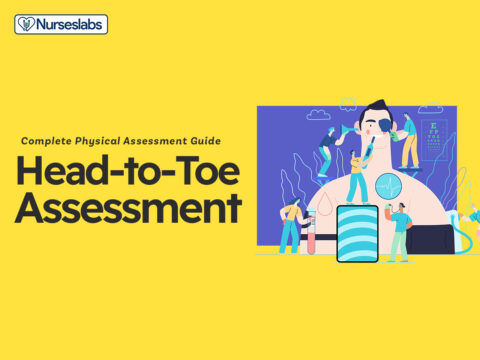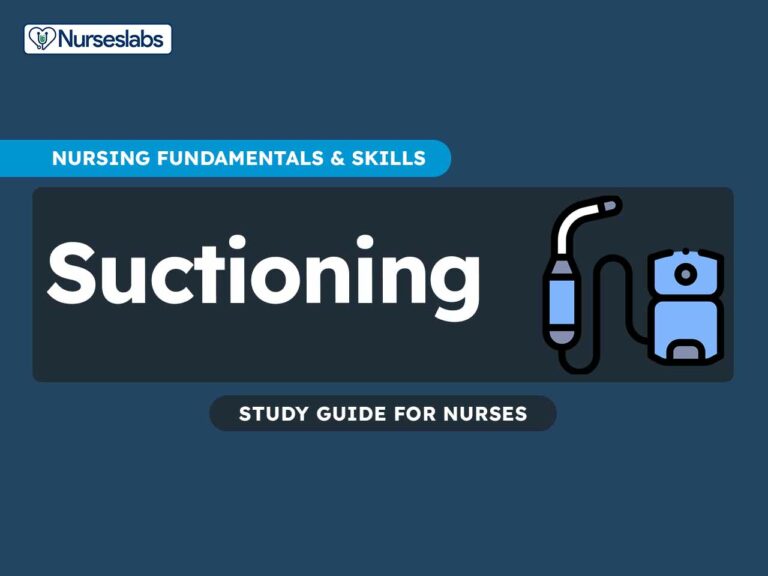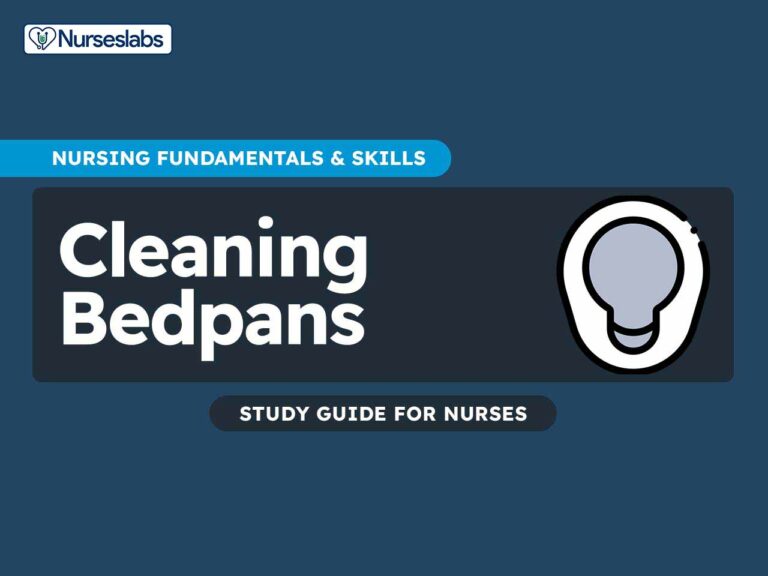Oral medication administration is one of the most common and convenient ways to deliver medications. Understanding the proper techniques and characteristics of different types of oral medications is necessary to ensure their effectiveness and safety.
This guide provides an overview of oral medication administration, emphasizing the importance of proper techniques and exploring various forms of oral medications.
What is Oral Medication Administration?
Oral medication administration refers to the process of delivering drugs through the mouth to be absorbed into the bloodstream via the digestive system. This method is one of the most common and convenient routes of drug administration.
Advantages of Oral Administration
Oral medications offer convenience and ease of administration, promoting better patient compliance and accessibility to treatment options.
- Easy to administer. Oral medications are easy to administer and can be taken without requiring medical supervision, which adds to their convenience for patients. This ease of administration promotes better compliance with the prescribed treatment regimen.
- Non-invasive. Oral medications do not require injections or other invasive procedures, which can be painful or uncomfortable. Non-invasive administration reduces the risk of infections and complications associated with invasive methods.
- Available in various forms. Oral medications are available in various forms, including tablets, capsules, liquids, and chewable tablets, catering to different patient needs. This variety allows for tailored treatment options suitable for different age groups and medical conditions.
- Less expensive. Oral medications are generally less expensive to produce and purchase compared to other forms of drug delivery like injectables or transdermal patches. The lower cost makes treatment more accessible to a larger population, improving overall public health.
- Typically stable. Oral medications are typically stable at room temperature and have longer shelf lives compared to other formulations. This stability facilitates easier storage and transport, which is especially beneficial in settings with limited resources.
Disadvantages of Oral Administration
While convenient, oral medications may pose challenges such as variable absorption and gastrointestinal side effects, impacting treatment efficacy and patient comfort.
- The absorption of oral medications can be affected by various factors, including food intake, gastrointestinal pH, and presence of other medications. This variability can lead to inconsistent drug levels in the bloodstream, potentially affecting the efficacy and safety of the medication.
- Oral medications can cause gastrointestinal issues such as nausea, vomiting, diarrhea, or stomach irritation. These side effects can reduce patient compliance and comfort, impacting the overall success of the treatment.
- Drugs taken orally pass through the liver before entering systemic circulation, where they may be metabolized and inactivated. First-pass metabolism can significantly reduce the bioavailability of certain medications, requiring higher doses to achieve therapeutic effects.
- Oral medications typically take longer to produce effects compared to intravenous or intramuscular injections. The delay in onset can be a drawback in situations requiring rapid therapeutic action, such as in acute pain or emergency scenarios.
- Some patients, such as those with severe vomiting, unconsciousness, or swallowing difficulties, cannot take oral medications. Alternative routes of administration must be used for these patients, which may be more complex or invasive.
Forms of Oral Medications
Oral medications come in various forms, each with its own characteristics and administration techniques.
- Tablets. Tablets are a solid dosage form that can be coated or uncoated, and come in various shapes and sizes. Some tablets are designed to be chewable or dissolvable.
- Capsules. Capsules consist of a gelatin or vegetarian outer shell filled with powder, liquid, or granules. They can be formulated for immediate or controlled release.
- Liquids. Liquid medications include solutions, suspensions, and syrups, making them easier to swallow for children and those with difficulty swallowing pills. Proper administration involves measuring the dose accurately using a medication spoon, cup, or syringe.
- Sublingual and Buccal Medications. Sublingual medications are placed under the tongue, while buccal medications are placed between the gum and cheek. These forms are designed for rapid absorption through the mucous membranes.
Contraindications
Contraindications for oral medication administration include:
- Swallowing Difficulties. Patients with dysphagia may struggle to safely swallow solid forms like tablets or capsules, risking choking or aspiration. This could lead to choking or aspiration, where the medication enters the lungs instead of the stomach.
- Gastrointestinal Issues. Conditions like severe nausea, vomiting, or gastric obstruction can hinder proper medication absorption, reducing effectiveness. For example, vomiting can lead to the expulsion of the medication before absorption occurs, reducing its effectiveness.
- Presence of Gastric Tubes or Nasogastric Tubes. These devices used for feeding or drainage can interfere with oral medication absorption.
- Unconscious or Comatose State. Patients in these states may be unable to swallow safely, necessitating alternative administration routes. In such cases, alternative routes of administration, such as intravenous or rectal, may be considered.
- Risk of Aspiration. Individuals with impaired gag reflexes or altered consciousness should avoid oral medications to prevent respiratory tract entry.
Administering Oral Medication
The nursing procedure for administering oral medication includes a series of steps that provide safe and effective delivery of the medication.
General Preparation Steps
These are the basic preparatory procedures for administering oral medications:
1. Wash hands thoroughly before handling medication. Prevents the spread of infections and contamination of medication.
2. Verify Medication Order. Check the patient’s medication administration record (MAR) for the correct medication, dose, and time.
3. Confirm the patient’s identity using at least two identifiers (e.g., name and date of birth). Ensures the correct patient receives the medication.
4. Explain the purpose of the medication and any potential side effects. Increases patient understanding and compliance.
5. Check for any contraindications or allergies, and assess the patient’s ability to swallow. Ensures safe administration and prevents adverse reaction
Equipment
The equipment required for the safe and effective administration of oral medications:
- Medication administration record (MAR)
- Medication in its prescribed form (tablets, capsules, liquids)
- Medication cup, spoon, or oral syringe (for measuring liquids)
- Water and drinking cup
- Pill crusher or splitter (if needed)
- Gloves (if required by protocol)
- Hand sanitizer or soap and water for hand hygiene
- Documentation tools (e.g., pen and patient chart)
Administration of Tablets and Capsules
The process of administering tablets and capsules includes several key steps.
1. Provide clear instructions and supervise the patient to ensure the medication is taken properly. Tablets and capsules should typically be swallowed whole with water.
2. Position the Patient Upright. Sitting up helps prevent aspiration and facilitates swallowing.
3. Make sure the patient swallows the medication completely. This is to confirm that the entire dose has been ingested and to avoid any partial dosing.
4. Offer a Full Glass of Water. Providing water helps the patient swallow the medication and allow it to reach the stomach for proper absorption. It also helps prevent the tablet or capsule from getting stuck in the esophagus.
Administration of Liquid Medications
When administering liquid medications, the procedure typically involves the following steps:
1. Shake suspensions well before administration. Shaking suspensions allows the medication to be evenly distributed within the liquid, providing an accurate dose with each administration.
2. Measure the dose accurately by using oral medication dosing devices such as medication spoon, cup, or syringe. Using proper measuring devices avoids dosing errors that can occur with household utensils.
3. Position the patient upright. An upright position prevents aspiration and facilitates swallowing.
4. Ensure the patient consumes the entire dose. Nurses should ensure the patient drinks the entire measured dose to receive the full therapeutic effect of the medication.
5. Provide water if needed. A small amount of water can help rinse the medication down, allowing it to reach the stomach.
Administration of Sublingual and Buccal Medications
Administering sublingual and buccal medications involves:
1. Place the medication under the tongue (sublingual) or between the gum and cheek (buccal). Providing clear instructions on where to place the medication promotes proper absorption through the mucous membranes.
2. Ensure the patient does not chew or swallow the medication. These medications are designed to dissolve in the mouth for rapid absorption, and chewing or swallowing can reduce effectiveness.
3. Monitor the patient until dissolved. Observing the patient ensures the medication dissolves completely and is absorbed properly.
4. Advise the patient to refrain from eating, drinking, or smoking until the medication is fully absorbed. Eating or drinking can wash away the medication before it is fully absorbed, decreasing its effectiveness.
Post-Administration
Safety and effectiveness are supported by documentation, monitoring, and patient education.
1. Document the administration. Accurate documentation in the patient’s medical record supports continuity of care and establishes a legal record of medication administration.
2. Monitor for adverse reactions. Immediate monitoring allows for quick intervention if the patient experiences any side effects or adverse reactions.
3. Provide follow-up instructions. Educating the patient on what to expect and any necessary follow-up actions promotes ongoing safety and effectiveness of the medication.
Nursing Considerations
By considering these special factors and customizing the approach to meet each patient’s requirements, nurses can enhance the safety and effectiveness of administering oral medications.
1. Do not crush or split tablets unless specified. Some tablets are designed for extended-release or have a protective coating to prevent stomach irritation. Crushing or splitting tablets can change how the drug is released and absorbed, reducing efficacy or increasing side effects.
2. Do not open capsules unless directed. Capsules typically contain medication in powder, granule, or liquid form. Opening capsules can alter absorption, causing improper dosing and potential side effects. Some capsules feature delayed-release or enteric coatings that protect the stomach lining.
3. Assess swallowing ability. Some patients, particularly the elderly or those with certain medical conditions, may have difficulty swallowing capsules. Alternative forms of the medication, such as liquids or dissolvable tablets, should be considered if swallowing is a concern.
4. Assess for polypharmacy. Older adults are often on multiple medications, which increases the risk of drug interactions and side effects. Reviewing all medications with a healthcare provider can help manage these risks.
5. Use age-appropriate administration techniques. Children may have difficulty swallowing tablets or capsules and may be more sensitive to the taste of medications. Liquid forms or chewable tablets are often more suitable for children, and medications with pleasant flavors can improve compliance.
6. Use age-appropriate administration devices (e.g., the solid dosage pen, multiparticulate counters, and medicated straws). Age-appropriate devices can ensure precise dosing and safe medication delivery, meeting specific age-related needs and enhancing treatment effectiveness and compliance.
7. Adjust doses appropriately for children. Children require doses based on their weight and age. Accurate dosing is necessary to ensure efficacy and prevent toxicity.
8. Simplify medication regimen for patients with cognitive impairments. Simplifying the medication regimen by reducing the number of doses per day or using combination medications can help improve adherence in patients with cognitive impairments.
9. Remain with the patient until all medication has been swallowed before signing the administered the medication. Staying with the patient until all medication has been swallowed ensures that the patient have taken it properly and reduces the risk of medication errors or non-compliance.
Sources and References
- Brotto, V. (2020). Administering medications. Professional Nursing and Midwifery Practice [Custom Edition for Monash University], 110.
- Gawas, S. M., Dev, A., Deshmukh, G., & Rathod, S. (2016). Current approaches in buccal drug delivery system. Pharm Biol Eval, 3(2), 165-77.
- Jain, K. K. (2020). An overview of drug delivery systems. Drug Delivery Systems, 1-54.
- Lopez, F. L., Ernest, T. B., Tuleu, C., & Gul, M. O. (2015). Formulation approaches to pediatric oral drug delivery: benefits and limitations of current platforms. Expert opinion on drug delivery, 12(11), 1727-1740.
- Saha, P. U. J. A., Verma, S. U. S. H. M. A., & Das, P. S. (2017). Sublingual drug delivery: an indication of potential alternative route. Int. J. Curr. Pharm. Res, 9(6), 5-7.





































Leave a Comment